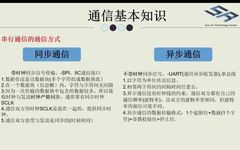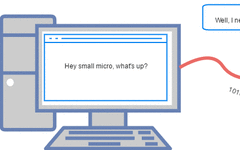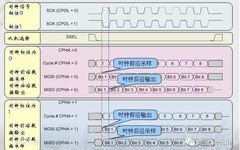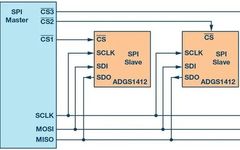Summary of Using SPI with TMS320F2812
1. The SPI rate must not exceed 15M; exceeding this will result in serious bit errors. 2. If the reception method is interrupt-based, the SpicCR character length control bit determines the length of the interrupt. For a length of 8, with interrupt priority 1, an interrupt is generated for each byte received. For a length … Read more







